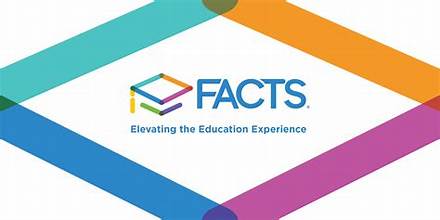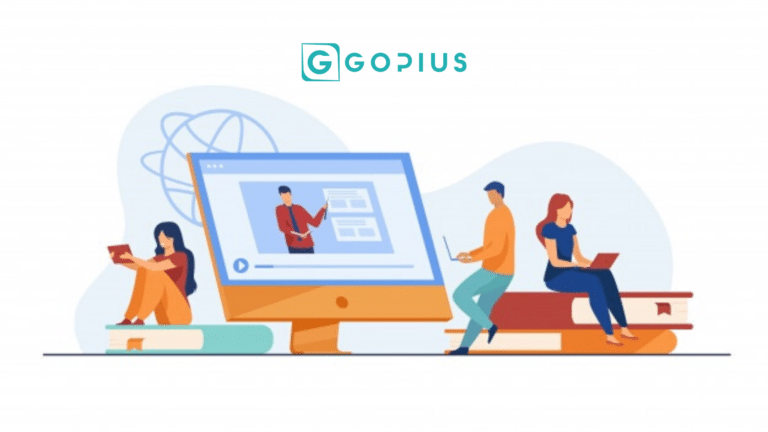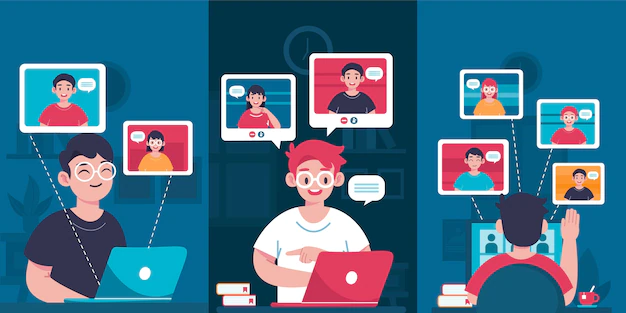The Use of Animation in E-Learning Effectively

We will show you the use of animation in e-learning effectively. The visual imagery that today’s learners are used to engaging with while they browse the internet, scroll through social media, watch movies, and take in commercials must be comparable to that utilized in eLearning courses and modules in order to engage them. Why do you think these sectors rely on images so heavily? because visual stimuli best elicit a response from humans.
Read: What are the Uses of Animated GIFs In E-Learning
Why is the Important Use of Animation in E-Learning?
The importance of visual stimuli has also been recognized by eLearning, and the finest eLearning courses are predominantly visual in nature. There is no shortage of tactics and components in eLearning that appeal to a learner’s visual faculty, but one of them dominates the others. Animation, as you’ve undoubtedly guessed by now.
Numerous animation styles, including classic 2D animation, well-liked 3D animation, and cutting-edge motion graphics, can all be employed in eLearning. The best format for providing eLearning content is animation since it can be utilized to clarify even the most difficult ideas.
But how can animation be utilized to its fullest? We’ll talk about that specifically in this article, and we’ll also provide you with some advice on the top methods.
Makes It Easy To Retain Complex Concepts
As was previously mentioned, animation makes otherwise complicated ideas and information simpler so that students may understand them. If solely words or even text and graphics were used to explain something, such as human or machine anatomy, economics, or geographic events, learners might become confused.
Instructional designers can use attractive, easy-to-follow animation to replace walls of text (and graphics) that are too difficult for students to drill through. An animation is equivalent to a thousand photos if a picture is worth a thousand words.
Introduction To Topics And Ideas
Animation draws the viewer’s eye, so it is a good idea to utilize it as an introduction at the beginning of a chapter or a topic. Then, animation can be utilized to broaden the topic matter or substance. By introducing your subject with a visually engaging introduction, you can be sure that students are paying attention and are prepared to take in everything you have to offer them next.
If you stop to think about it, you’ve undoubtedly already witnessed the use of animation, whether it was in a self-contained eLearning course or a commercial or promotional video.
Entertaining
In today’s world, learning and entertainment go hand in hand. If you don’t keep people involved and delighted as well as studying, you won’t be able to aid their learning. Because it is a distraction from the seriousness and monotony of everyday professional life, the humor never fails to amuse audiences.
It helps to break up long training sessions with a little fun by using particular cartoon characters as humorous relief. They are more likely to remember new material after training is over when unique characters and humorous animations are used to put the topics they are learning into a visual context, maintain their interest, and keep it from waning.
Used For Storytelling
Everyone would probably agree that animation is, in reality, storytelling, though. The earliest animation ever made was simply a series of continuous images shown quickly one after the other, yet it captured audiences’ attention because it told a narrative.
If you want your learners to engage with and pay attention to your information in an eLearning setting, storytelling is an excellent method to adopt. With little effort, animation can successfully bring events to life in a way that live-action videos cannot.
Perhaps, for this reason, modern learners prefer stylized, illustrative cartoons to recordings featuring actual people.
Portrays Well-Known Individuals
This is a fantastic method to engage students with animation. There are many well-known individuals today and in the past who inspire others. Unfortunately, a lot of them have passed away, and those who are still alive may not have always spoken things in a way that was appropriate for the learner’s situation. Not to worry!
By using animation, you may build characters based on well-known people and give them motivational dialogue and important statements, bringing them to life. This is a fantastic, useful, and interesting visual substitute for quotes or information that is presented in the text.






